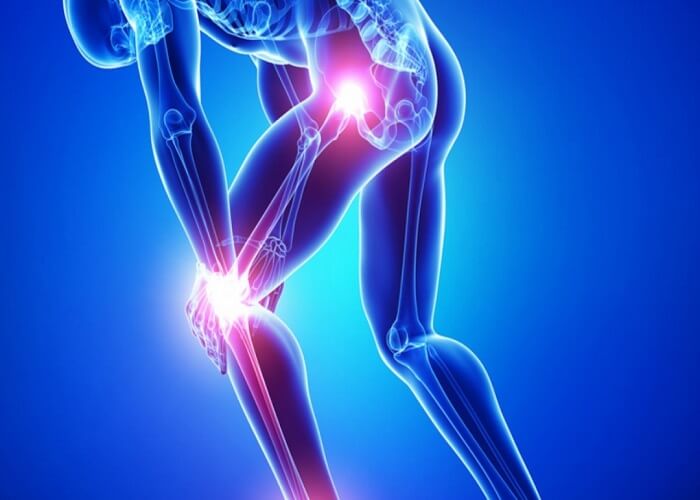our-servicesInterventional pain management by unqualified providers presents serious risks to patients, such as persistent or worsened pain, bleeding, infection, nerve damage, brain damage, paralysis or even death. Appropriate medical training is necessary to evaluate, diagnose and safely treat patients suffering from chronic pain and to respond to complications of treatment should they arise. At Dr Bagherzadi’s clinic, we take the time to fully investigate and understand the cause of an individual’s pain, to treat the pain, and to find the best approach to managing it.
Below are some of the most commonly used interventional pain management techniques.
Injections
Injections—also called nerve blocks—work to provide temporary pain relief. They send powerful medications, such as steroids and opioids, onto or near your nerves to relieve pain.
One of the most common injections is an epidural steroid injection in your lumbar spine (low back). This injection sends steroids directly to the nerve root that’s inflamed.
Other common injections are facet joint injections, single nerve root blocks, and sacroiliac joint injections.
You’ll most likely need 2 or 3 injections for maximum benefits, but you shouldn’t have more than that due to the potential side effects of steroids and other medications.
One of the most common injections is an epidural steroid injection in your lumbar spine (low back). This injection sends steroids directly to the nerve root that’s inflamed.
Other common injections are facet joint injections, single nerve root blocks, and sacroiliac joint injections.
You’ll most likely need 2 or 3 injections for maximum benefits, but you shouldn’t have more than that due to the potential side effects of steroids and other medications.
Radiofrequency Rhizotomy
Using x-ray guidance and a needle with an electrode at the tip that gets heated, radiofrequency rhizotomy temporarily turns off a nerve’s ability to send pain messages to your brain.
For many patients, this procedure can provide pain relief for 6 to 12 months. During these pain-free months, however, your doctor will most likely recommend physical therapy. A physical therapist can help you address underlying physical problems that are causing pain.
For many patients, this procedure can provide pain relief for 6 to 12 months. During these pain-free months, however, your doctor will most likely recommend physical therapy. A physical therapist can help you address underlying physical problems that are causing pain.
Intrathecal Pump Implants
Intrathecal pump implants, also known as pain pumps, provide potent medications straight to the source of your pain. They’re a type of neuromodulation—a treatment that interrupts pain signals to your brain.
Pain pumps are commonly used for cancer pain and failed back or neck surgery.
With this procedure, a small device—called a pump—gets implanted under your skin. Your doctor programs the pump to deliver a specific amount of medication, and he or she will need to refill the pump every few months.
The main benefits of pain pumps are that they provide consistent pain relief, and if you’re taking oral medications, you don’t have to rely on them as much.
Because this is a more invasive procedure than an injection, a pain pump is typically used only if other treatments have been unsuccessful.
Pain pumps are commonly used for cancer pain and failed back or neck surgery.
With this procedure, a small device—called a pump—gets implanted under your skin. Your doctor programs the pump to deliver a specific amount of medication, and he or she will need to refill the pump every few months.
The main benefits of pain pumps are that they provide consistent pain relief, and if you’re taking oral medications, you don’t have to rely on them as much.
Because this is a more invasive procedure than an injection, a pain pump is typically used only if other treatments have been unsuccessful.
Electrical Stimulation
Electrical stimulation is another type of neuromodulation. Similar to a pain pump, something gets implanted in your body with electrical stimulation. But with this procedure, a stimulator is implanted along with an electrical lead to send electrical pulses directly to the area that’s causing pain—the spinal cord, nerves, or brain, for instance.
Electrical stimulation can be used for certain spine conditions as well as conditions that affect your brain or nerves, such as Parkinson’s disease, epilepsy, and diabetic peripheral neuropathy. You can have spinal cord stimulation or deep brain stimulation, for example.
Instead of pain, some people feel a tingling sensation with this treatment.
However, as with a pain pump, electrical stimulation is usually one of the last interventional pain management treatments tried.
Electrical stimulation can be used for certain spine conditions as well as conditions that affect your brain or nerves, such as Parkinson’s disease, epilepsy, and diabetic peripheral neuropathy. You can have spinal cord stimulation or deep brain stimulation, for example.
Instead of pain, some people feel a tingling sensation with this treatment.
However, as with a pain pump, electrical stimulation is usually one of the last interventional pain management treatments tried.
Other Interventional Pain Management Techniques
There are other interventional pain management techniques that can help you cope with pain. Intradiscal electrothermic therapy, for example, uses heat to destroy nerve fibers to reduce your pain. Another example is cryogenic cooling, which is similar to radiofrequency rhizotomy, but instead temporarily shuts nerves down by freezing them.
https://www.asahq.org/For-Members/Advocacy
http://www.practicalpainmanagement.com
http://anescocares.com/our-services
Other Interventional Pain Management Techniques
There are other interventional pain management techniques that can help you cope with pain. Intradiscal electrothermic therapy, for example, uses heat to destroy nerve fibers to reduce your pain. Another example is cryogenic cooling, which is similar to radiofrequency rhizotomy, but instead temporarily shuts nerves down by freezing them.







